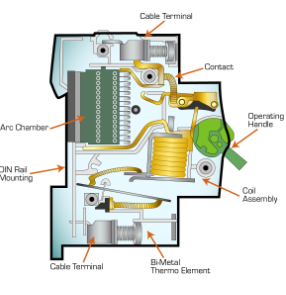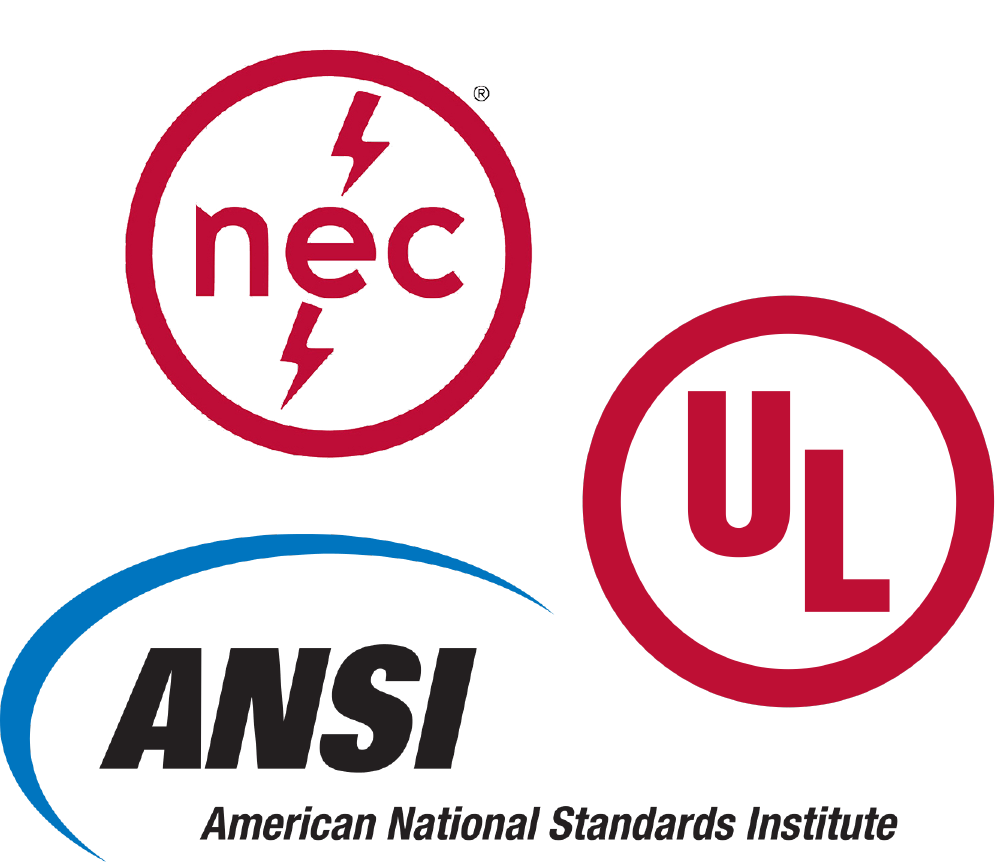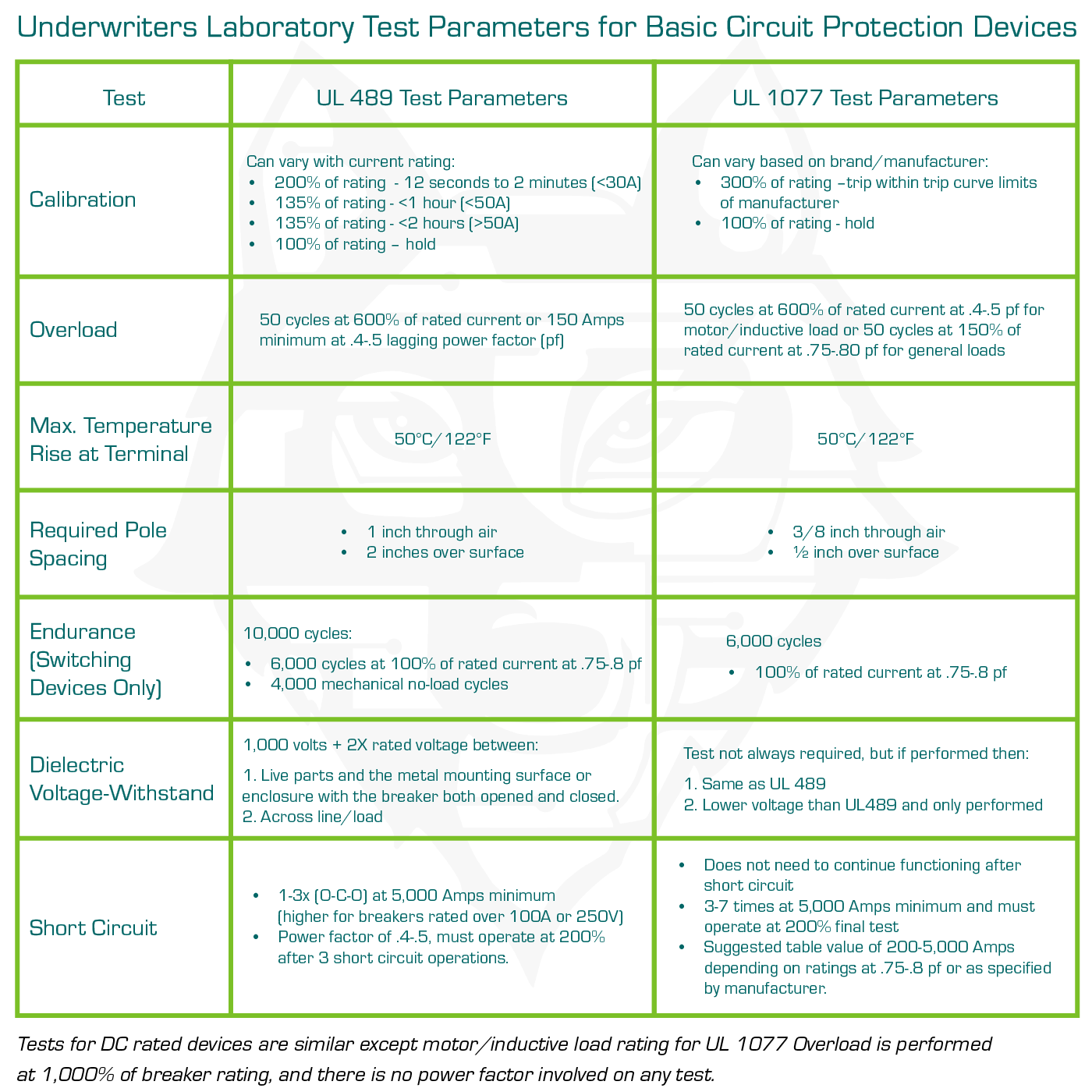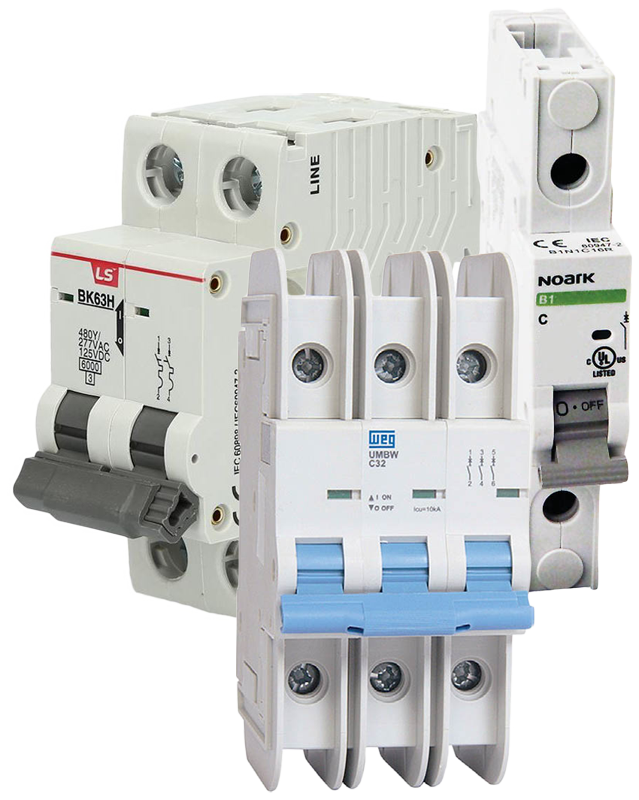
Branch Circuit Breakers (UL 489) vs Supplementary Circuit Protection (UL 1077)
Posted by Beckie Sullivan on Jun 24th 2022
Circuit protection is a relatively simple concept in any electrical application, but what KIND of protection you install may not be as simple
Circuit protection is a relatively simple concept in any electrical application, but what KIND of protection you install may not be as simple. We’re here to review the fundamental differences between UL 489 circuit protection and UL 1077 supplementary protection, and why knowing those differences will save you from trouble in the future.
First off, let’s look at the basics of a circuit breaker.
According to Underwriters Laboratory (UL) “A circuit breaker is a device designed to open and close a circuit by non-automatic means and to open the circuit automatically on a predetermined overcurrent, without damage to itself when applied within its rating.
These devices are designed to provide service-entrance, feeder or branch-circuit protection in accordance with ANSI/NFPA 70, National Electrical Code (NEC).”

What do NEC, ANSI, and UL stand for?
In America, we have something called the National Electrical Code® (NEC), which was founded in 1897. Originally the NEC was established as an effort to unify safety codes throughout insurance, electrical, architectural, and allied interests. Now, the NEC acts as a primary standard for electrical safety requirements in close concordance with the National Fire Protection Association.

Did you know?
In order to be recognized by the International Organization for Standardization (ISO), the country must be represented by a “member body”? These groups are responsible for identifying issues and developing a national consensus on the work being done by ISO Technical Committees (TC). The US is represented by ANSI (American National Standards Institute). What this all means is ANSI is the committee which approves and supports NEC electrical coding requirements.
What does this all mean for circuit protection?
Now that we’ve established how NEC creates the international standards for circuit protection and supplementary protection in the United States, we can start to look at how these devices are rated.
Each circuit breaker manufacturer is required to have their devices evaluated from a NEC-partner in order to be approved by the IEC and enter the international market. Testing organizations like SGS North America, FM Approvals or Underwriters Laboratory are charged with running specific tests on these devices in order to determine their protection rating based on the established NEC code.

Those are a lot of parameters to consider, but thankfully, all we really have to look at is whether the device is rated UL 489 listed or UL 1077 recognized. Basically, UL 489 circuit breakers are capable of protecting multiple devices against overcurrent while UL 1077 only offers additional circuit protection.
When should you use UL489 versus UL1077?

Referencing back to NEC guidelines, we can determine that any time we need complete branch-circuit protection; we’re looking at installing a UL 489 listed device. UL 489 circuit breakers have the capacity to protect multiple devices in an electrical current, such as a control panel.
This requirement can also be applied to any motor circuits within your application, per the same safety regulations. Lastly, UL 489 circuit breakers can take the place of UL 1077 devices offering supplementary protection
On the other hand, UL1077 is only recognized as an optional layer of circuit protection and cannot be used in place of UL 489. In fact, when full branch protection is required, additional upstream protection will be necessary.
Easiest way to look at it is to consider these devices as a potential fuse replacement or as an extra layer of protection for sensitive equipment in your application.

UL489 Listed Circuit Breakers
- Feeder and branch circuit protection
- Motor Control
- External Load Circuits
- HACR equipment (heating, air conditioning, refrigeration) (internal/external)
- PLC I/O points
- Switchboards
- Relays
- Thermal Control Units
UL 1077 Recognized Circuit Breakers
- Control circuits
- Lighting
- Business equipment
- Appliances
- Household Products
- In applications where branch circuit protection is already provided or not required.
Hopefully that’s cleared up some confusion on which protection device is right for you. Have more questions or want to order your next circuit breaker? Contact us today and we’ll be happy to assist!
Special Note: This blog’s intended purpose is informative only. Please consult a qualified electrician or industrial engineer for additional assistance in properly wiring your application per your local safety regulations.
Terms and Definitions based on UL Standards for UL489 and UL1077 Circuit Protection:
- Branch Circuit: The part of an electric circuit extending beyond the last circuit breaker or fuse.
- Branch Circuit Protective Device: Protective devices provided with interrupting ratings appropriate for the intended use but no less than 5,000 amperes.
- Circuit Breaker: A device designed to open and close a circuit by non-automatic means and to open the circuit automatically on a predetermined overcurrent, without damage to itself when applied within its rating.
- Miniature Circuit Breaker (MCB): A device which automatically trips to protect low voltage electrical circuits from damage caused by excess current from an overload or short circuit. MCBs have a rated current of no more than 100 amps with the interruption current rating of up to 18,000 Amps (depending on series and brand).
- Molded Case Circuit Breaker (MCCB): A device which provides branch protection against overload or short circuits using thermal-magnetic trip units to sense both temperature and current to operate the breaker. These breakers are used for higher energy environments with a rated current up to 1000-2,500 Amps (depending on series and brand).
- Supplementary Protective Device: A manually resettable device intended to provide limited overcurrent protection for specific applications and utilization equipment such as luminaires and appliances. This limited protection is in addition to the protection provided in the required branch circuit by the branch circuit overcurrent protective device. Supplementary overcurrent devices are not be required to be easily accessed and can be applied at 100% of the rated current values.
